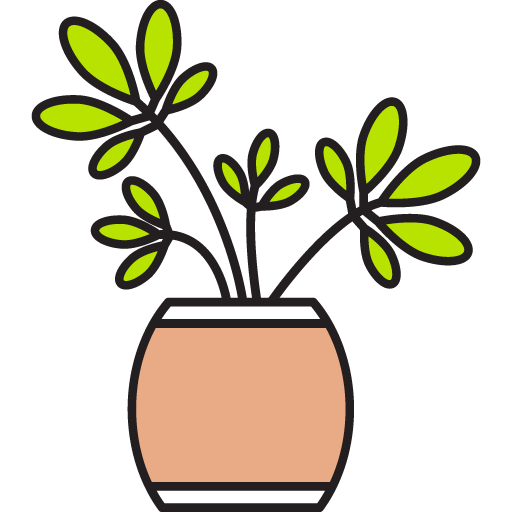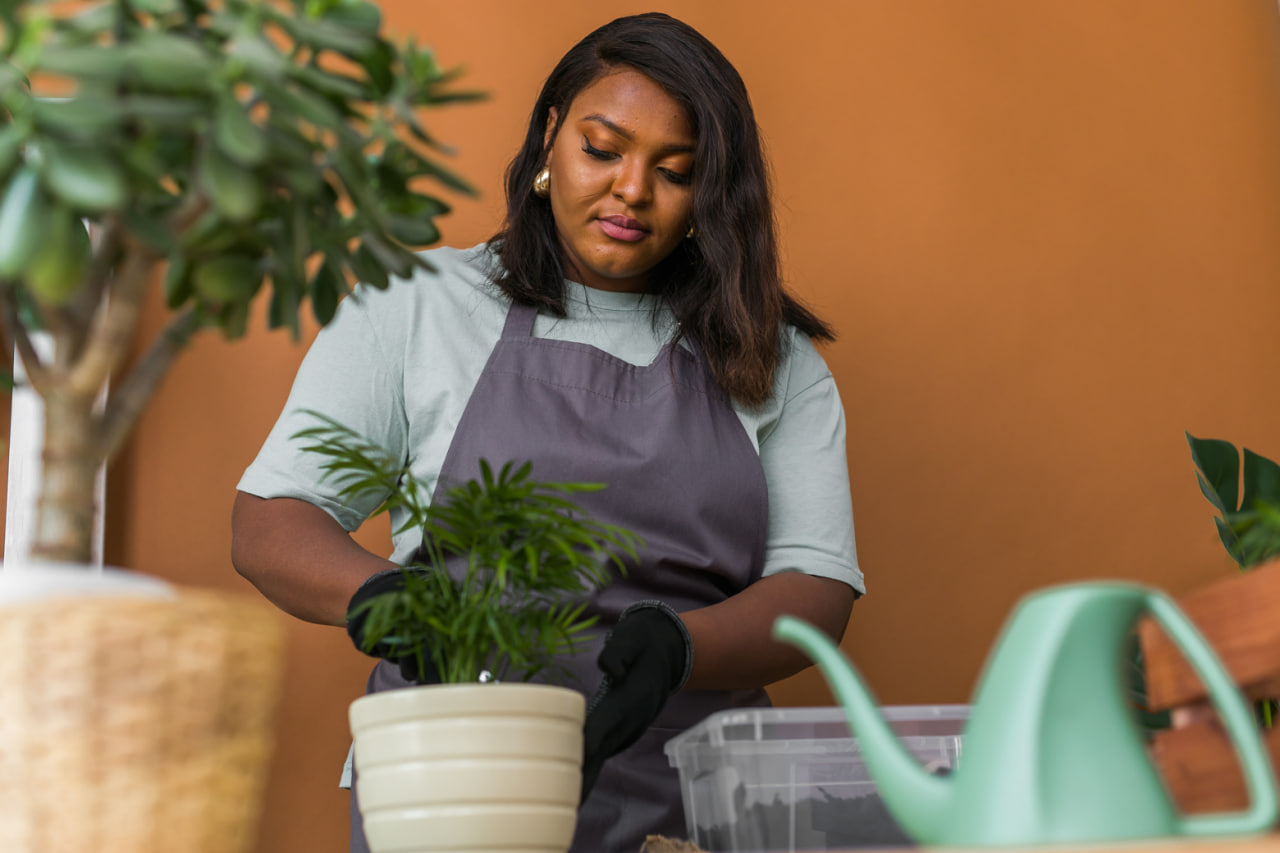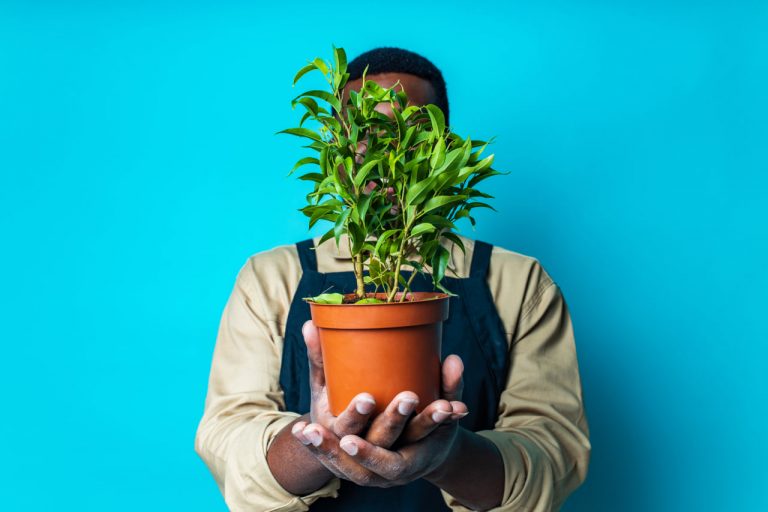Watering is one of the most important aspects of indoor plant care, yet it is also one of the most common sources of plant stress and damage. Overwatering, underwatering, and inconsistent habits can lead to root rot, yellowing leaves, and stunted growth. By understanding typical watering mistakes and how to avoid them, you can maintain healthy, thriving plants in your home.
Overwatering
One of the most frequent mistakes is giving plants too much water. Excess moisture can suffocate roots, promote fungal growth, and cause root rot. Signs of overwatering include yellowing leaves, a musty smell from the soil, and drooping foliage despite wet soil.
How to Avoid Overwatering:
- Check the soil before watering; only water when the top inch feels dry.
- Ensure your pots have drainage holes to allow excess water to escape.
- Use well-draining soil suitable for your plant species.
Underwatering
On the other hand, underwatering can stress plants and stunt growth. Dry soil deprives roots of moisture and nutrients, leading to wilting, brown leaf edges, and slowed development.
How to Avoid Underwatering:
- Establish a consistent watering schedule based on your plant’s needs.
- Learn to recognize signs of dehydration, such as curling leaves or brittle stems.
- Group plants with similar water requirements to streamline care.
Ignoring Seasonal Needs
Plants often require different watering amounts depending on the season. Many species need more water during active growth in spring and summer, and less during dormancy in fall and winter. Treating all seasons the same can harm your plants.
How to Adjust Watering Seasonally:
- Research your plant’s seasonal requirements and adjust accordingly.
- Reduce watering during slower growth periods to prevent root issues.
- Observe growth patterns and soil moisture levels to determine the correct frequency.
Poor Drainage
Using pots without proper drainage is a common mistake that can lead to waterlogged soil and root rot. Even plants that tolerate occasional moisture cannot survive in constantly wet soil.
Tips for Proper Drainage:
- Always choose pots with drainage holes.
- Add a layer of pebbles or coarse material at the bottom of the pot for improved water flow.
- Avoid letting pots sit in standing water.
Inconsistent Watering
Inconsistent watering schedules can confuse plants and stress their root systems. Some plants prefer steady moisture, while others thrive with drying cycles between watering. Sudden fluctuations can lead to leaf drop, wilting, and slow growth.
How to Maintain Consistency:
- Monitor soil moisture regularly.
- Use a moisture meter or simply touch the soil to check dampness.
- Develop a watering routine and adjust only as needed for plant growth or seasonal changes.
Water Quality Issues
The quality of water also impacts plant health. Tap water with high levels of chlorine, fluoride, or salts can damage sensitive plants over time. Cold water can shock roots, while hard water can lead to mineral buildup in soil.
Tips for Healthy Watering:
- Use room-temperature water to avoid shocking roots.
- Consider filtered or rainwater for sensitive species.
- Occasionally flush the soil to remove mineral buildup.




